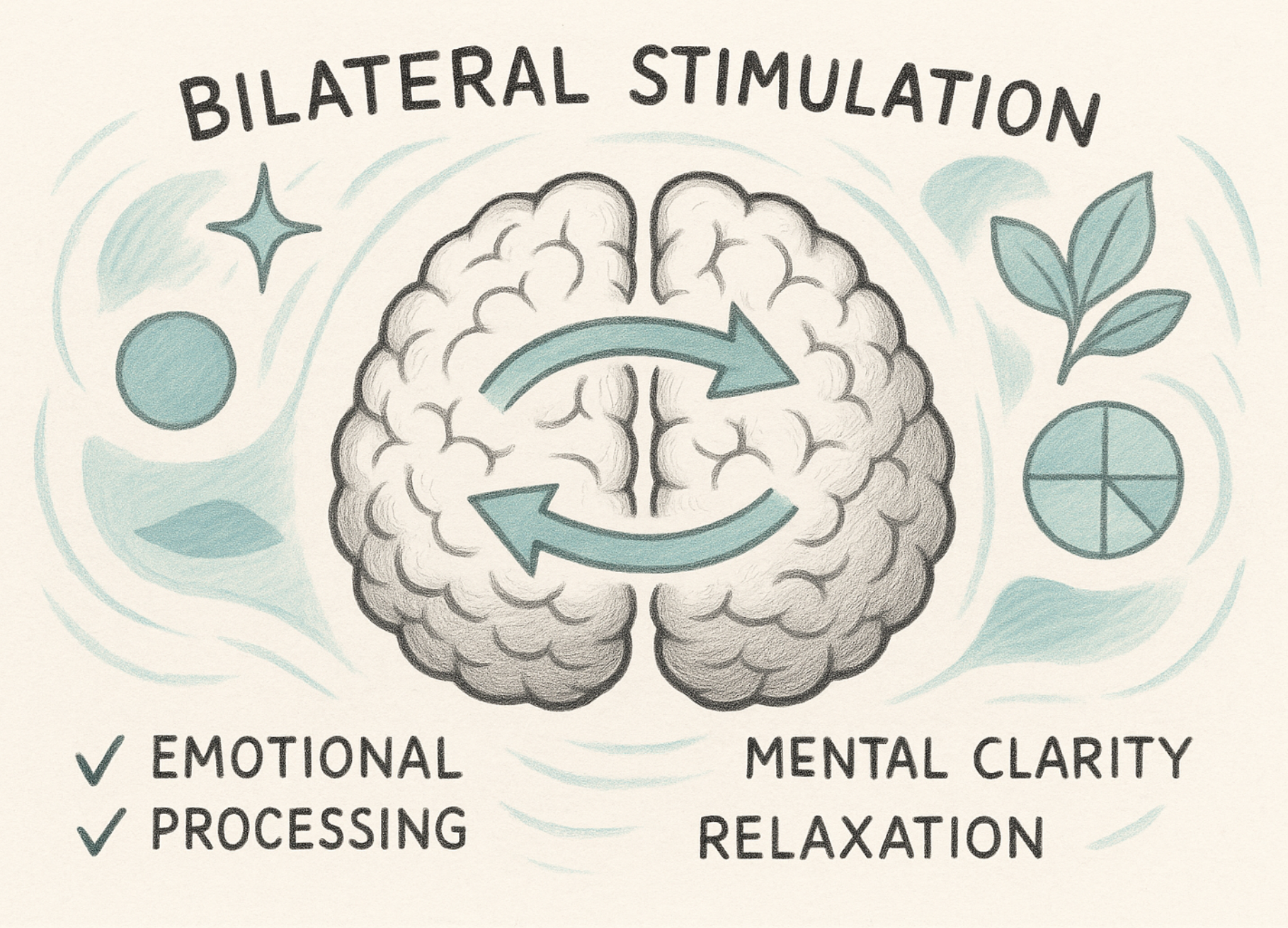
Creating a mind map can serve as an effective tool for reducing anxiety, particularly in situations where individuals feel overwhelmed by the multitude of thoughts and tasks. The visualization of ideas not only aids cognitive organization but also fosters a sense of control over one’s mental landscape. Below is an exploration of how mind mapping can alleviate anxiety, supported by relevant research.
Understanding Mind Mapping
Mind mapping, first popularized by Tony Buzan in the 1970s, is a graphical representation of information that allows individuals to arrange their thoughts around a central concept (Buzan, 2006). This technique emphasizes visual learning and helps with memory retention through the use of color, images, and spatial relationships.
Cognitive Clarity and Organization
One primary way in which mind mapping reduces anxiety is through the enhancement of cognitive clarity. Research indicates that externalizing thoughts can significantly decrease cognitive overload—where the brain feels burdened by too many simultaneous processes (Wong et al., 2018). By visually organizing thoughts, individuals can break down complex problems into manageable parts, rendering them less intimidating.
Reducing Overwhelm
A study by D’Zurilla and Nezu (2010) illustrates that problem-solving approaches can effectively mitigate anxiety levels. Mind mapping encourages this approach by allowing users to brainstorm solutions and visualize potential outcomes. When faced with overwhelming tasks or decisions, seeing options laid out can foster a sense of agency—a crucial element in combating feelings of helplessness associated with anxiety.
Promoting Focus and Engagement
Another aspect of mind mapping that contributes to reduced anxiety is its ability to promote focus. According to research conducted by MacKenzie and Gaskill (2014), engaging with visual tools can enhance attention and concentration. When you create a mind map, you actively engage your mind in a structured way, which can prevent distractions and ruminate thoughts that often fuel anxiety.
Emotional Regulation
Furthermore, engaging in the creative process of mind mapping can serve as a vehicle for emotional expression and regulation. A study by Fouts et al. (2020) suggests that creative activities allow individuals to explore and articulate their emotions, thereby alleviating stress. Mind maps can serve as a safe space for individuals to freely express their concerns while simultaneously charting paths toward resolution.
Practical Steps for Implementation
For those interested in harnessing the anxiety-reducing benefits of mind mapping, consider the following steps:
1. Start with a Central Idea: Choose a specific issue or task that is causing you anxiety.
2. Branch Out: Develop subtopics that relate to the central idea. Allow free association to create a comprehensive overview without judgment.
3. Incorporate Visual Elements: Use colors, images, and symbols that resonate with you, enhancing engagement with the material.
4. Review and Act: Analyze the connections you’ve made, identify actionable steps, and prioritize tasks to tackle your anxiety head-on.
5. Work with a Therapist: Talk to a therapist if you want to dive deeper into understanding the mind map. It can help to further clarify your thoughts.
Conclusion
Mind mapping emerges as a powerful technique for reducing anxiety by promoting cognitive clarity, enhancing focus, and facilitating emotional expression. Embrace the journey of thought exploration, and let mind mapping be a tool for both clarity and calm.
References
– Buzan, T. (2006). *The Mind Map Book: Unlock your creativity, boost your memory, change your life.* Penguin.
– D’Zurilla, T. J., & Nezu, A. M. (2010). Problem-solving therapy: A social competence approach to clinical intervention. *Springer Publishing Company*.
– Fouts, H., Burhans, R., & Kauffman, K. (2020). Creativity and emotional well-being: The effects of artistic expression on anxiety reduction. *Journal of Creative Behavior*.
– MacKenzie, L. S., & Gaskill, A. (2014). The impact of visual thinking strategies on engagement in the classroom. *Educational Psychology*.
– Wong, B. P., Shih, Y. J., & Hsieh, C. (2018). Externalization of thoughts: Reducing cognitive load using visual aids. *Cognitive Processing*.




Leave a Reply